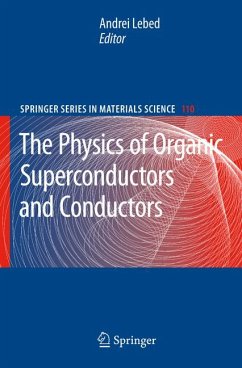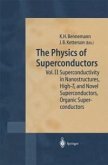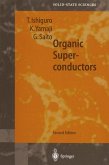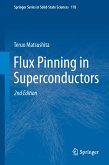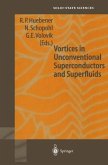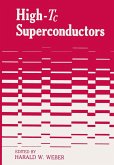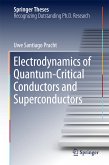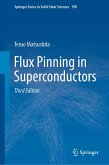This book contains general (tutorial) and topical reviews, written by leading researches in the area of organic superconductors and conductors from USA, Japan, France, Germany, Russia, United Kingdom, Korea, and Australia. It covers contemporary topics such as unconventional superconductivity, non- Fermi-liquid properties, the quantum Hall effect, strongly correlated electrons, novel types of quantum macroscopic phenomena in a magnetic field, magnetic field induced spin(charge)-density waves, and magnetic field induced exotic superconducting phases are described both from theoretical and experimental points of views. Two types of review are included: general (tutorial) reviews, containing both educational information and state of art information about recent experimental discoveries and theoretical predictions are intended for general readers, researchers and graduate students, specialized in any area of condensed matter physics; and topical reviews, emphasizing very recent developments, will be useful for researches and graduate students currently active in the physics of organic conductors and superconductors. The book provides both an introduction and a review of the current status of the field.
Dieser Download kann aus rechtlichen Gründen nur mit Rechnungsadresse in A, B, BG, CY, CZ, D, DK, EW, E, FIN, F, GR, HR, H, IRL, I, LT, L, LR, M, NL, PL, P, R, S, SLO, SK ausgeliefert werden.

